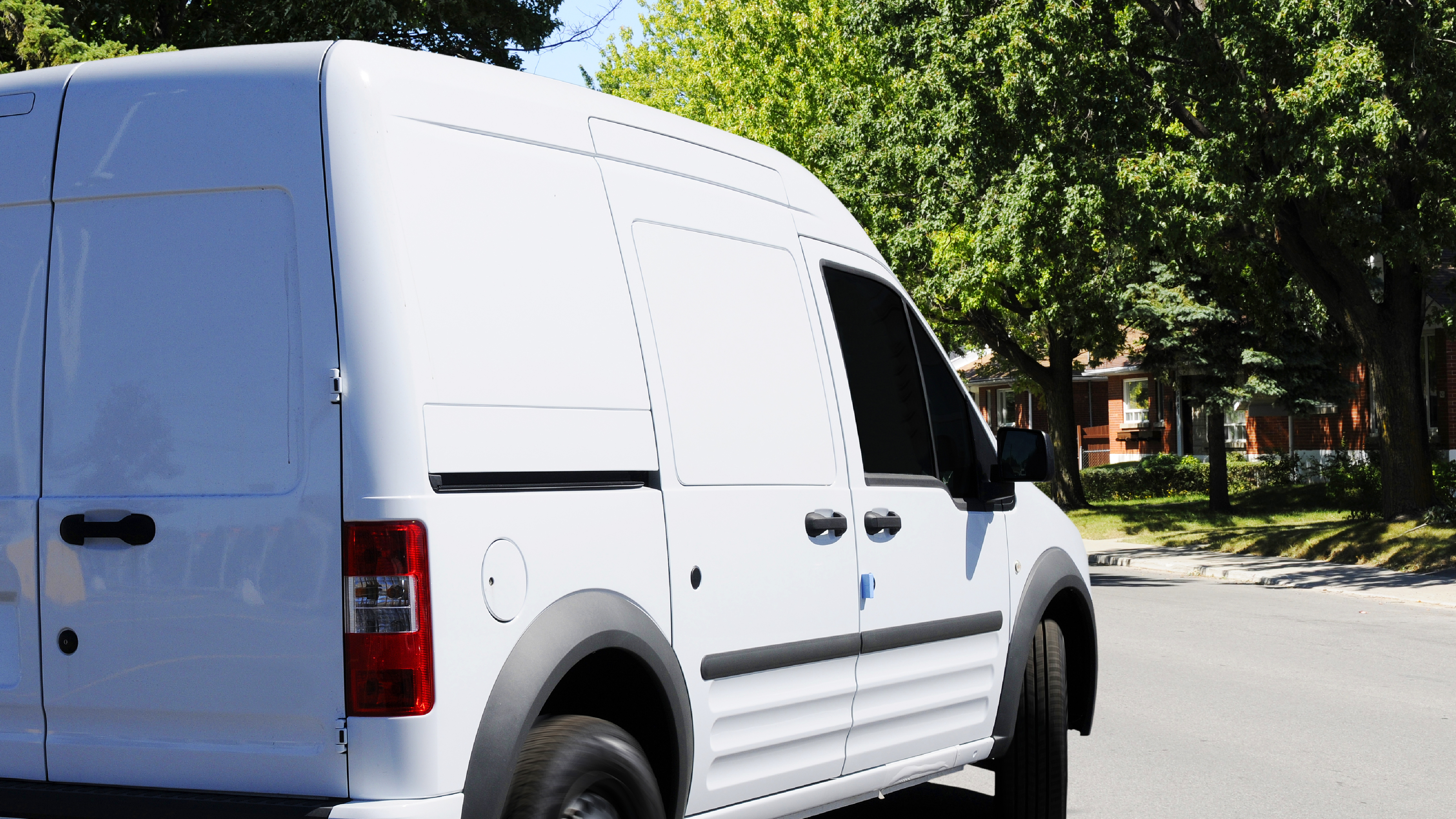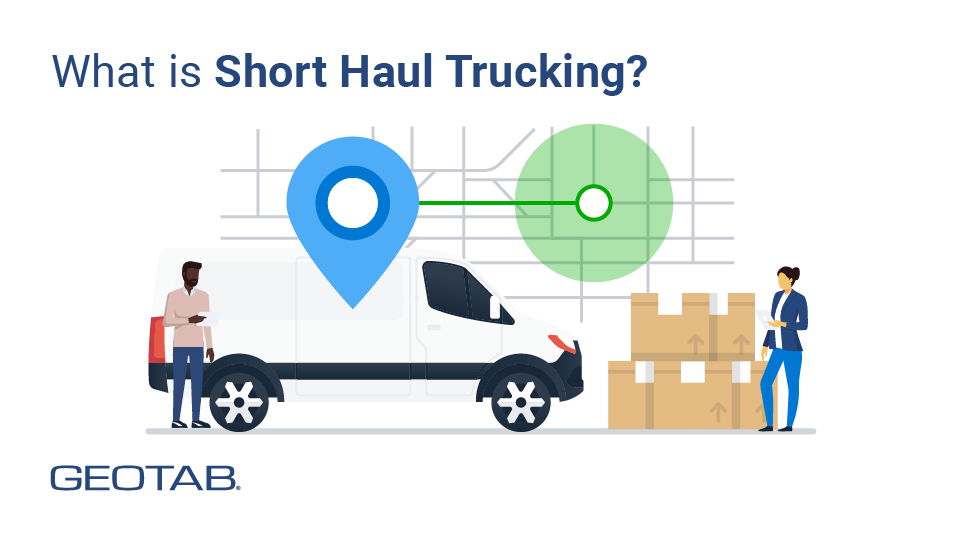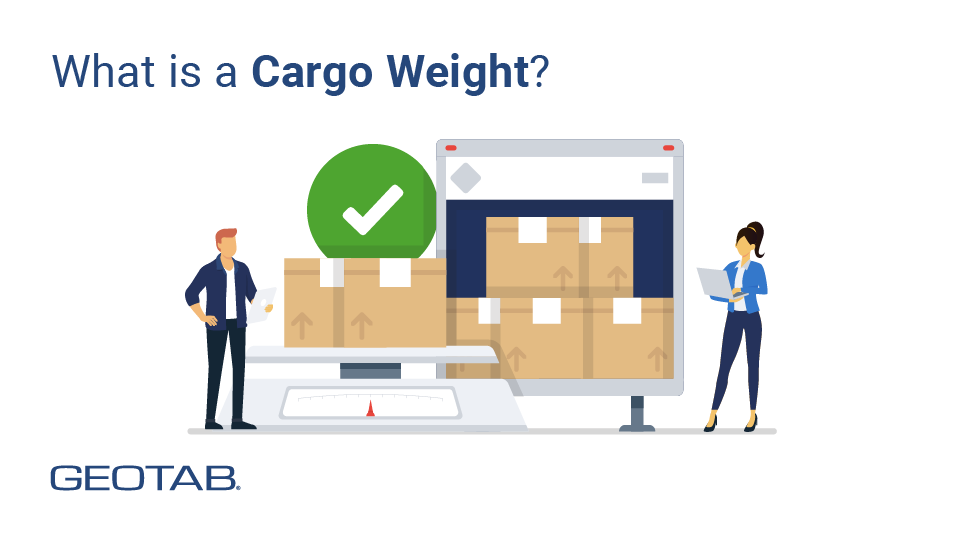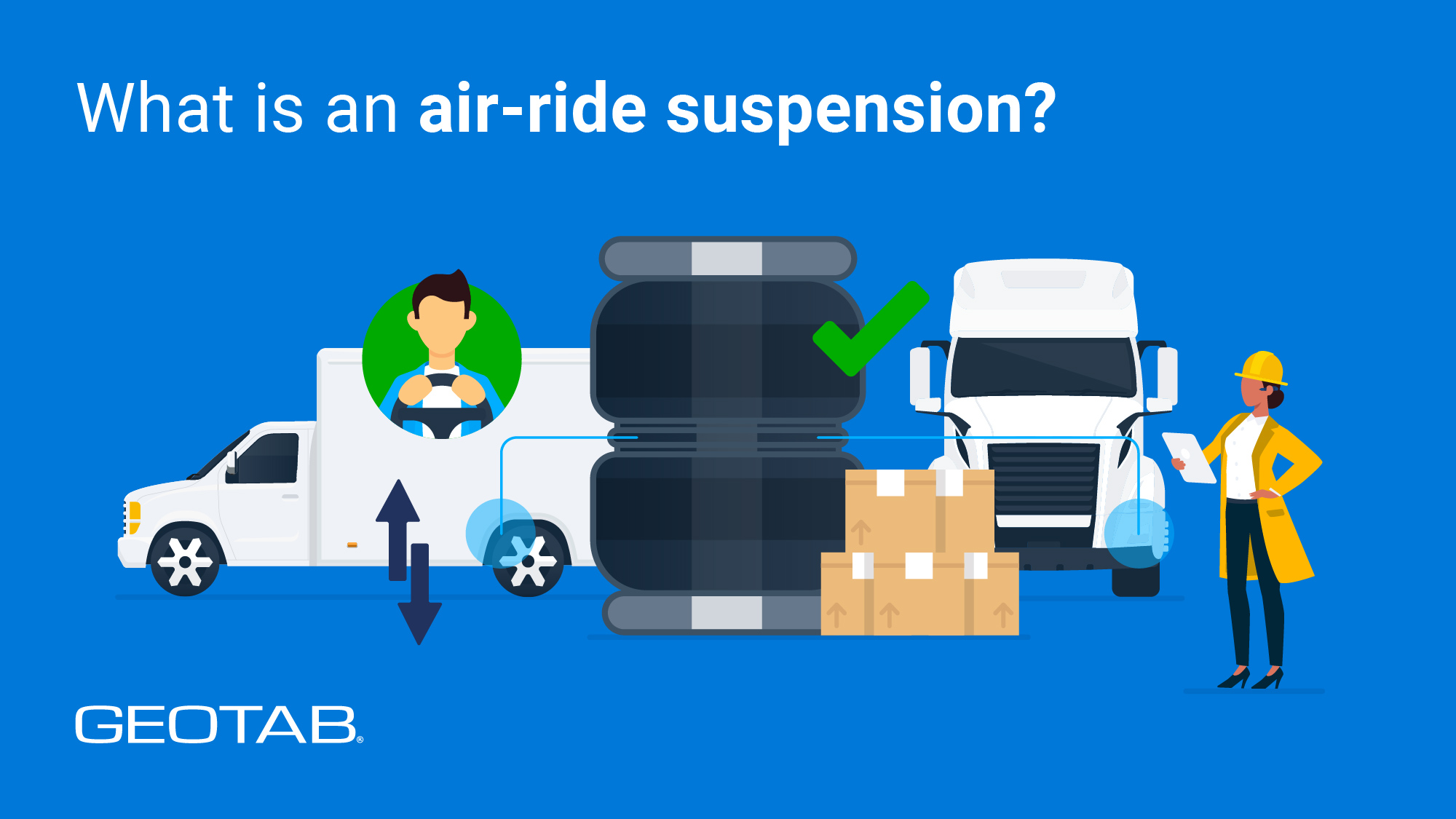What is an LCV?
October 21, 2024
•2 minute read

Key Insights
- A Light Commercial Vehicle (LCV) is any commercial vehicle under 3.5 tonnes gross weight, used to move goods and materials.
A Light Commercial Vehicle (LCV) is any commercial vehicle under 3.5 tonnes gross weight, used to move goods and materials. In this blog post, we highlight some of the key considerations to safely and efficiently run a fleet of LCVs.
What is required to drive an LCV?
Licensing
LCVs can be driven on a regular licence where the driver has a category B (car) entitlement.
International goods vehicle operator licence
If you operate LCVs over 2.5 tonnes to transport goods in Europe, then you will need an international goods vehicle operator licence. You don’t need a goods vehicle operator licence if you’re only operating your LCV vehicles in the UK, or you are transporting goods not for ‘hire or reward’.
Tachographs
If any of your LCVs over 2.5 tonnes transport goods in Europe, then from 1st July 2026, these vehicles will need to be fitted with a digital tachograph and this device must be used for all international driving. Tachographs record information about driving time, speed and distance for EU drivers’ hours regulations. Digital tachograph software can be used to get remote, real-time access to information on driver ID and tachograph status to ensure compliance with drivers’ hours rules and tachograph regulations.
For LCVs, any fitted tachograph doesn’t have to be used when the vehicle is driven domestically.
Drivers hours
When driving an LCV in the UK, domestic drivers’ hours rules apply. Domestic rules state that drivers of LCVs mustn’t drive for more than 10 hours over a 24-hour period and can’t exceed the maximum of 11 hours’ duty (driving and working time) in a single day, excluding designated rest periods or breaks. Certain professionals and vehicles are exempt from the duty rules.
Telematics software can help LCV fleet managers monitor driver’s hours, measuring driving time and break time through GPS and onboard diagnostic (OBD) signals to help you keep your drivers safe by ensuring they are taking regular breaks and not exceeding the maximum driving and duty time.
LCVs for fleets
Optimization and productivity
To increase operating margins, it’s vital to get your vehicles and drivers working as efficiently as possible. There are a number of areas where fleet management software can help you optimize your LCV fleet:
- Optimized route planning can save time and mileage, allowing for the allocation of additional jobs, while reducing fuel costs
- Performance scorecards and trend reports can be reviewed to see where driver productivity can be improved
- Real-time tracking of vehicle locations can allow for smarter allocation of new jobs, and help you to keep an eye on your drivers throughout the day
- Fleet fuel management reports allow you to monitor and control your fleet’s fuel consumption to drive the greatest operational efficiencies
Vehicle maintenance
Fleet maintenance management software helps LCV operators keep their fleet in optimal health, while storing a complete record of all servicing and maintenance events. Fleet maintenance software can also analyse active diagnostic faults and engine data sent from the vehicles in real-time to help the maintenance team identify minor issues and prioritise vehicle repairs before they result in breakdowns. This maximizes fleet uptime and reduces the need for costly, urgent repairs.
Safety
Despite the fact that LCVs are smaller and lighter than HGVs, Geotab’s analysis shows that LCV drivers are actually at 54% greater risk when driving, based on the macro safety indicator data collected during the study. This problem is compounded by the fact that driving time is less strictly regulated for LCV drivers than it is for HGV drivers, increasing the likelihood of damage, injury or some form of loss.
LCV driver safety can be significantly improved with the provision of induction and continuous safety training. By actively monitoring the core safety indicators of excessive speeding, harsh braking, acceleration and cornering, and seat belt usage, managers can reduce risk and increase the likelihood that their drivers return home safely each night.
The use of dash cameras and driver coaching tools can provide real-time assistance to drivers and alert them to potential risks before an accident occurs, enabling them to change their behaviour in the moment that matters.
Other Stories

March 20, 2025
4 minute read

March 20, 2025
3 minute read

What is an air-ride suspension? The pros and cons
March 13, 2025
2 minute read